Lantern Festival in Chinese is Yuan Xiao Jie (元宵节) or Yuan Xiao Festival. As one of the most significant traditional Chinese festivals and the first feast after Chinese New Year, the Yuan Xiao Festival symbolizes reunion, the end of the Spring Festival, and the first full moon. The Lantern Festival in 2025 came on February 12. The next Lantern Festival will fall on March 3, 2026, depending on the Chinese lunisolar calendar.
During the festival, colored paper lanterns will be decorated on the streets, people guess lantern riddles, and Chinese households watch the full moon and eat glutinous rice dumplings, tangyuan in Chinese.
It is not only popularized in China but also celebrated in other Asian countries and most Chinese settlements, like Singapore, Burma, Vietnam, Japan, etc. In addition, the Chinese Lantern Festival was shortlisted for the second batch of the National Intangible Cultural Heritage List in 2008.
Table of Contents
What is the Chinese Lantern Festival?
When is the Chinese Lantern Festival 2026?
Chinese Lantern Festival Origins
How Do Chinese Celebrate Lantern Festival?
Chinese Lantern Festival Food
Best Places to Experience the Lantern Festival
FAQs about Chinese Lantern Festival
Lantern Festivals in Other Asian Countries
What is the Chinese Lantern Festival?
Traditional Chinese Lantern Festival usually comes on the 15th day of the 1st month in the lunar calendar. On that day, people eat sweet rice dumplings, a.k.a. tangyuan or yuanxiao, and celebrations like lion or dragon dances, lantern shows, and lantern riddles, will be held.
As busy as the Lantern Festival, another significant festival has the same great atmosphere. Chinese New Year and Lantern Festival are closely related to each other. One is the beginning, and the other one, the Yuan Xiao Festival, marks the end of Chinese New Year celebrations and formally welcomes a New Year. But there is no public holiday for the Lantern Festival. Chinese New Year Festival, also named as the Spring Festival, which is the most important feast in Chinese culture. And there is a 15-day celebration of Chinese New Year.
Of all Lantern Festival traditional food, tangyuan is the most representative one, filled with different flavors of stuffing, which symbolizes family reunion, because the first full moon comes on that day. People will go home and reunite with families and eat tangyuan, carrying an auspicious meaning of unity and happiness.
To celebrate this festival, folks are dressed in Lantern Festival traditional clothing. Various styles will appear on the street, like Cheongsam, traditional Tang suits, hanfu, etc. Most typical hanfu belongs to the Song style with a crossed collar and pleated skirt. Although designed simple looking, it is convenient to walk on the streets to enjoy lantern shows, which is also the choice of most women. Cheongsam, known as Qipao in Chinese, was typical dressing during the Republican period (1912-1949), whose tailoring perfectly fit the body, showing femininity and grace. Red or pink Qipao can be the perfect choice for this kind of festival.
When is the Chinese Lantern Festival 2026?
Recent Chinese Lantern Festival dates are as follows. Falling on the 3rd day of the 3rd month in 2026. And there are no Chinese holidays for this festival.
Year Date of Festival Day 2023 February 5 Sunday 2024 February 24 Saturday 2025 February 12 Wednesday 2026 March 3 Tuesday 2027 February 20 Saturday 2028 February 9 Wednesday
Chinese Lantern Festival Origins
There are different versions of Chinese Lantern origins, one of which can be dated back to 2,000 years ago. According to Records of the Grand Historian, Taiyi was the god who dominated everything. Emperor Wu of Han listened to Miu Ji, building an altar for Taiyi. And January 15 was a big day to worship the god. From the twilight of the day, the Emperor lit lanterns in his palace for the entire evening. Since then, decorating lanterns has been a custom of the 15th day of the lunar year.
Another version of the origin is about Taoism, in which January 15th of the Chinese lunisolar calendar was called the Shangyuan Festival, governed by Heaven Official. Zhongyuan Festival was charged by Earth Official, and Xiayuan Festival by Water Official. The Heaven Official was fond of liveliness and warmth. Therefore, lighting lanterns were necessary on the day.
Taoism was sprung up during the Eastern Han Dynasty (25-220). The birthdays of Three Great Officials were respectively set on these three days, of which the Shang Yuan Festival was regarded as a big day for the Heaven Official blessing, and gradually evolved into a feast.
How Do Chinese Celebrate Lantern Festival?
There are a lot of Chinese Lantern Festival traditions. Customs of the Lantern Festival vary in different regions due to diverse local cultures, but some of them can still be seen in most areas.
Lantern Displays
Chinese lantern display is the most typical activity in Yuan Xiao Festival. During the Tang Dynasty (618-907 AD), lantern shows became more prevalent. Massive lanterns were installed in the capital of the country, in today’s Xian with wide assorted varieties. For now, colorful lantern displays are held across the country.
Guessing Lantern Riddles
Guessing lantern riddles is also called playing lantern puzzles, a traditional and indispensable event popularized in ancient times. Lantern riddles consist of three parts includingthe riddle face, the hint, and the answer. The riddle face is stuck on the lantern, provided for interested passers-by.
Eating Tangyuan/Yuanxiao
Yuanxiao is a specialty food and a symbol of the Chinese Lantern Festival, which had existed in the Song Dynasty (960-1279). It was originally called Fuyuanzi (floating rice ball) and was named Yuanxiao later. Some merchants call it Yuanbao (shapes like gold ingots), symbolizing good fortune and wealth, to attract more customers.
Dragon & Lion Dances
Lion dance and dragon dance are traditional performances of folk art, which can be frequently seen in some significant festivals. Dragon performers holding the long stick follow the dragon ball and make moves.
The lion dance is divided into the southern lion dance and the northern lion dance. The former is vigorous and acts skillfully, and the latter looks more adorable. But both of them pray for success and peace through the lion’s leaping, rolling, and climbing.
Lantern Rides & Fireworks
Lantern rides are an old folk craft. Stilt walker bind their feet on the stilt, and wear costumes to play various characters. Following the background music, they walk on stilts and perform, jumping and spinning around, which is welcomed by folks.
In traditional Chinese beliefs, cracking and glittering firecrackers can drive evil spirits away, and bring good luck. People would pray for good weather and fortune through lighting fireworks. Fireworks were initially for the nobles. Until the Ming and Qing Dynasties(1368-1912), the technique had a great development, which gradually evolved into festival gifts and became a big part of celebrations.
Chinese Lantern Festival Food
Yuanxiao/Tangyuan: The Festival’s Signature Food
Tangyuan or yuanxiao is the most representative Chinese Lantern Festival food. They look the same on the outside but with different making processes and flavors. Yuanxiao in North China is rolled stuffing, covered with glutinous rice flour. The fillings include sugar, rose, sesame, bean paste, kernel, jujube paste, etc., whose flavors differ by region.
In South China, the rice dumping is called tangyuan, which is wrapped with glutinous rice flour, and mixed with water to form a dough. Then it is filled with stuffing and kneaded into a ball. In addition to the sweet flavor, there is a salted tangyuan filled with meat. The making process of the two differs from each other but means the reunion.
Regional Foods
Yuanxiao Tea: Reunion with Families
In some regions of Shaanxi, Lantern Festival tea is the specialty food, which is not real tea, but a noodle soup mixed with vegetables and fruits. People put other ingredients according to their flavors. Like yuanxiao or tangyuan, the tea implies the reunion as well.
Dumpling: Flat on the 15th and Round on the 16th
Regions in north China have customs like eating dumplings, like Henan. It is said that Flat on the 15th and Round on the 16th. Natives eat dumplings on the 15th day and yuan xiao on the 16th day. Dumplings’ shapes look like yuanbao with the meaning of bringing fortune and wealth. Besides, folks will put some auspicious things into the filling, during the making process.
Date Cake: Symbol of Good Luck
In Henan, it is a custom to eat date cake for the Lantern Festival, which was the imperial snack and popularized among folks later. The cake is mainly made from dates and flour, which is golden in color and carries good meaning.
Best Places to Experience the Lantern Festival
Beijing
Temple of Heaven’s Lantern Show
The Temple of Heaven’s lantern show plays an important role in festival activities. In the prayer wall, the inheritor of lantern-making will tell the history of the palace lanterns, and teach visitors to make lanterns.
Tourists can guess the lantern riddles online or offline. On that night, the Temple of Heaven is brightly lit, with the lighting of 24 palace lanterns and group lamps with Peking Opera facial masks, which lasts until the end of March.
Wangfujing Street celebrations
Lion dances will be performed in the West Gate Mall. The lantern show will be held with diverse kinds of lanterns displayed and traditional opera performing, which draws numerous comers residents coming every year.
Shanghai
There are a lot of Lantern Festival celebrations in Shanghai, including the Bund’s massive lantern installations combined with modern art, and the Yuyuan lantern show. The show in 2025 featured Classic of Mountains and Seas, representing the harmonious scene of the zodiac Snake and other animals.
Suzhou
The classical gardens with poetic lantern displays in Suzhou, like the Pavilion of Surging Waves and Lion Grove Garden, draw numerous visitors to guess the lantern riddles and feel its charm. A variety of lanterns stuck with riddle faces containing traditional culture and history will be decorated in the garden on that day. Some traditional music performers will be invited to play in the pavilions of the garden. Tourists can appreciate the garden sights while listening to traditional music.
Taiwan
Taipei Lantern Festival is famous for its representative lantern show, which is usually held in Taipei City Government Square and surrounding streets. There are lantern displays with various themes, combining folk culture and modern technology elements. Besides, a lantern parade will be held in some places, during which civilians hold lanterns with different shapes, and make a journey through the streets.
FAQs about Chinese Lantern Festival
1. What’s the difference between yuanxiao and tangyuan?
Yuanxiao and tangyuan differ in their making process, texture, and fillings, and are popularized in different parts of China.
2. Is the Chinese Lantern Festival romantic?
Yes. It is a custom to enjoy the lantern show for the Lantern Festival, which provides a chance for young men and women to meet each other. Therefore, the Yuan Xiao Festival is also viewed as a traditional Chinese Valentine’s Day, which is kind of like the Chinese Qixi Festival.
3. Why do Chinese people eat tangyuan or yuanxiao on the day?
Both yuan xiao and tangyuan mean reunion, carrying the good meaning of wholesomeness and happiness.
4. When did the Lantern Festival originate?
The Lantern Festival was originated from the Han Dynasty (202 BC-260 AD).
Lantern Festivals in Other Asian Countries
Japan
Japanese Lantern Festival is also called Xiao Zheng Yue, celebrated on Jan. 15 in the Gregorian calendar. On that day, Chinatown in Japan will be full of liveliness. Thousands of traditional lanterns with Chinese styles are decorated on the streets, especially in the Nagasaki Lantern Display. It is said that eating red bean porridge can avoid bad fortune. Moreover, fire rituals can be seen in many places. Because locals will burn Kadomatsu outside their houses, which is a decoration tress placed next to the door.
There are several lantern festivals in Japan, one of which is the Obon Festival, one of the most significant traditional feasts. Obon Festival initially came from India and was associated with Buddhism. During that festival, the Japanese will offer sacrificial food for their ancestors in front of tablets. And lanterns are hung under the roof or next to the door, aimed to light the way up and guide spirits’ return.
South Korea
South Koreans call the Lantern Festival as Shangyuan Festival as well, when people eat grain rice made of five different kinds of grains to pray for a harvest year. They eat nuts with the same number as their ages, like peanuts, gin, chestnuts, etc. Except for that Korean burn “the Moon House”, a structure built with tree trunks, and bamboo, and covered with straw and pine branches. Notes with New Year wishes will be hung on that. After the moon rises, natives dance around the burning fire.
Lantern Light Festival in South Korea is a Buddhist activity for celebrating the birthday of Sakyamuni, falling on the 8th day of the 4th month. During the day, hundreds of lanterns are installed in Seoul downtown. Koreans dressed in traditional clothes carry lanterns to parade on the streets.
Burma
Thadingyut Festival in Burma is a similar holiday to the Chinese Yuan Xiao Festival, which is a festival of lights. It is celebrated on the 7th of the Burmese calendar and marks the day that Buddha comes to the men’s world. To welcome his back, Buddhists light up homes, streets, and temples with lamps or candles.
Experience Chinese Lantern Festival with Hi Five Trip
Explore more about traditional Chinese Festivals. We can offer you more destinations. Sorts of local activities will be prepared for you to make sure enjoying the festival atmosphere. Or you can create a personal itinerary with one-on-one help from our HFT trip designers

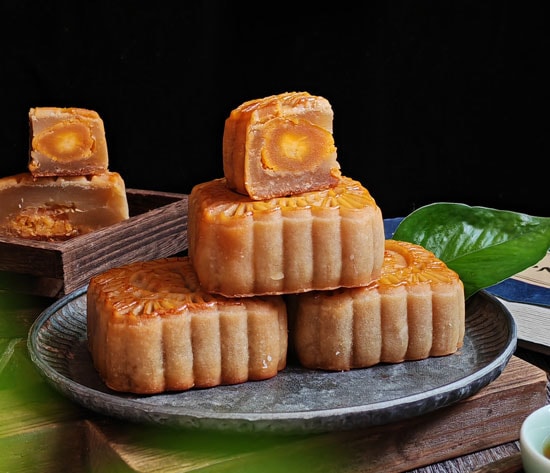
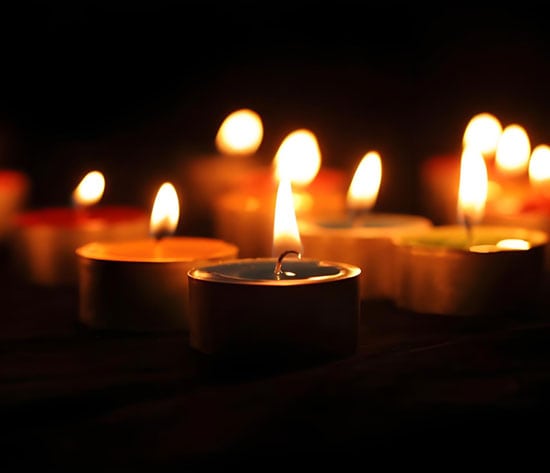
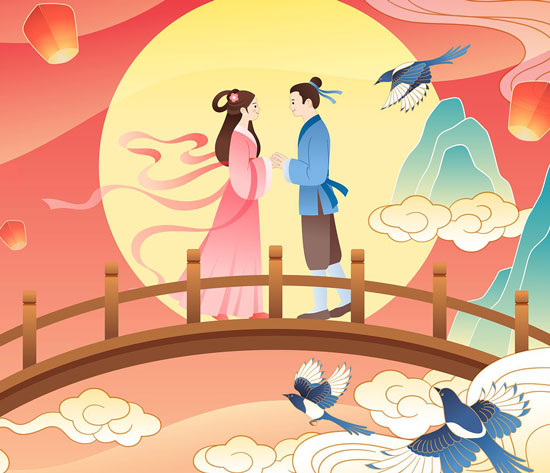
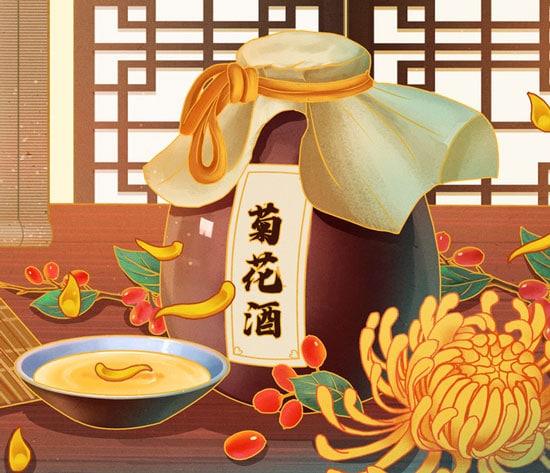
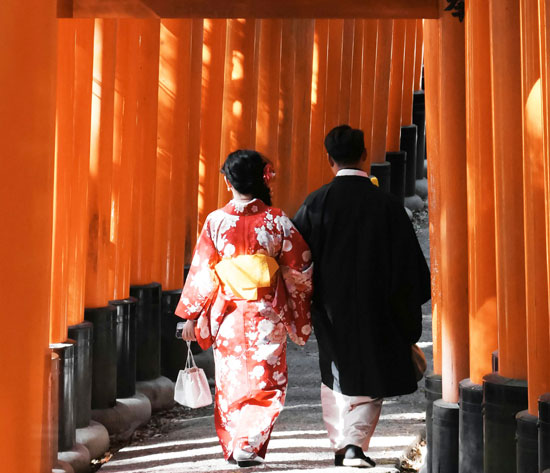
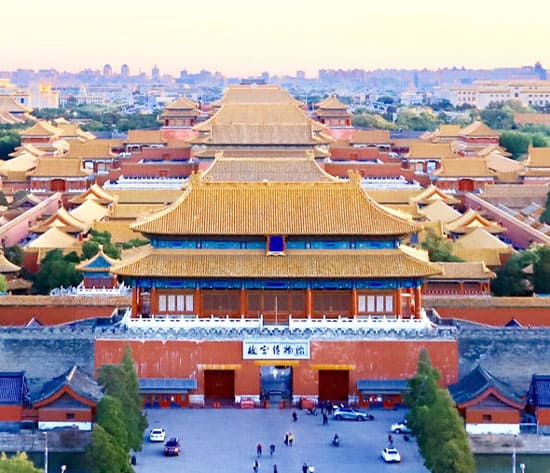
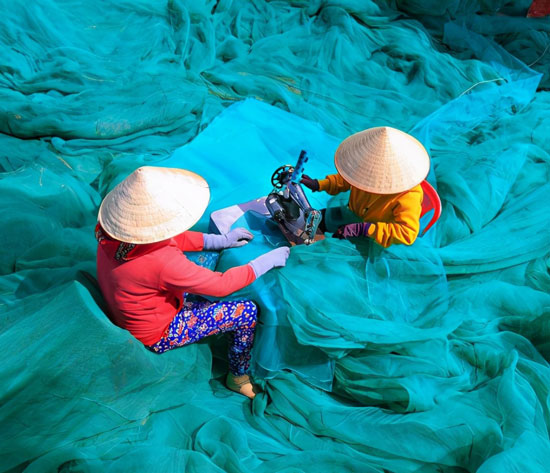
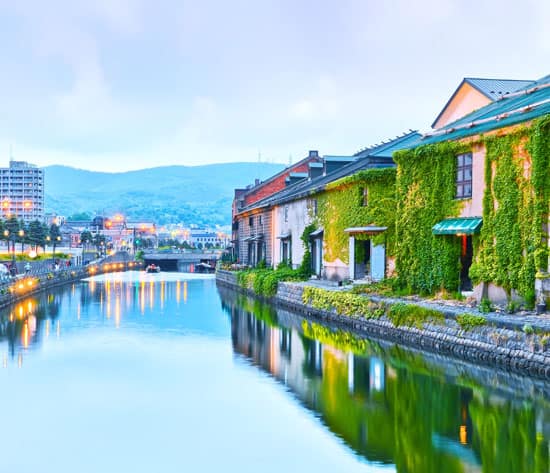
Have a Question?
You might see your comment appear on this page, but your email address and full name will not be published. Your personal information will remain confidential. Our Asia travel experts will get back to you as soon as possible. Required fields are marked *